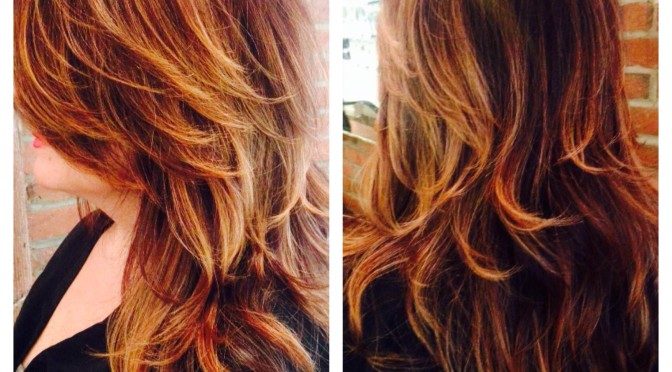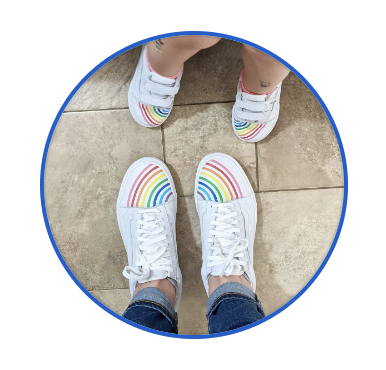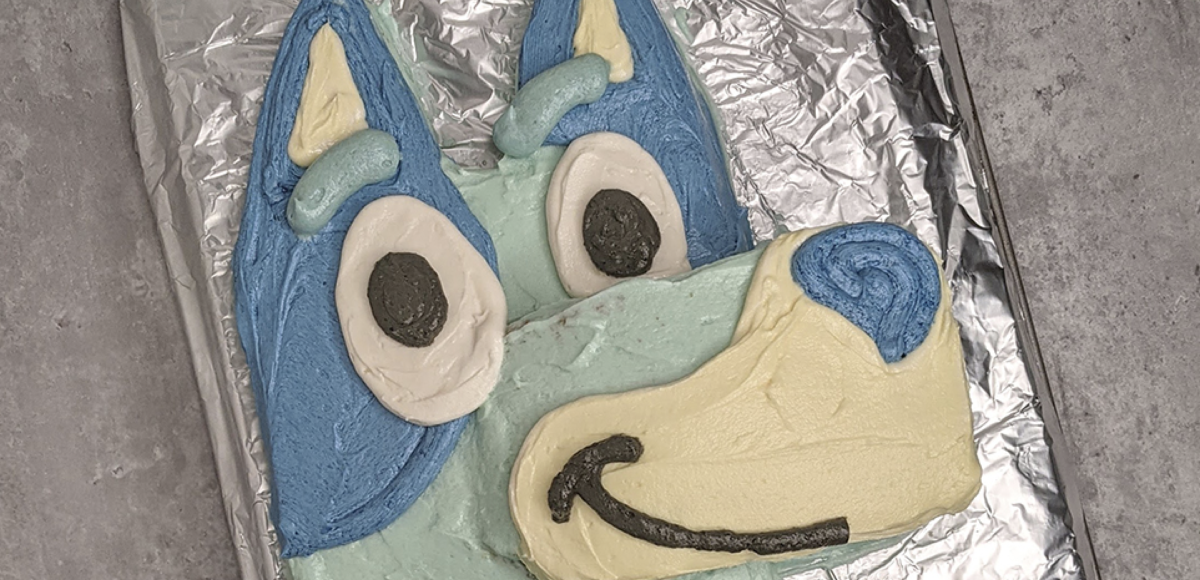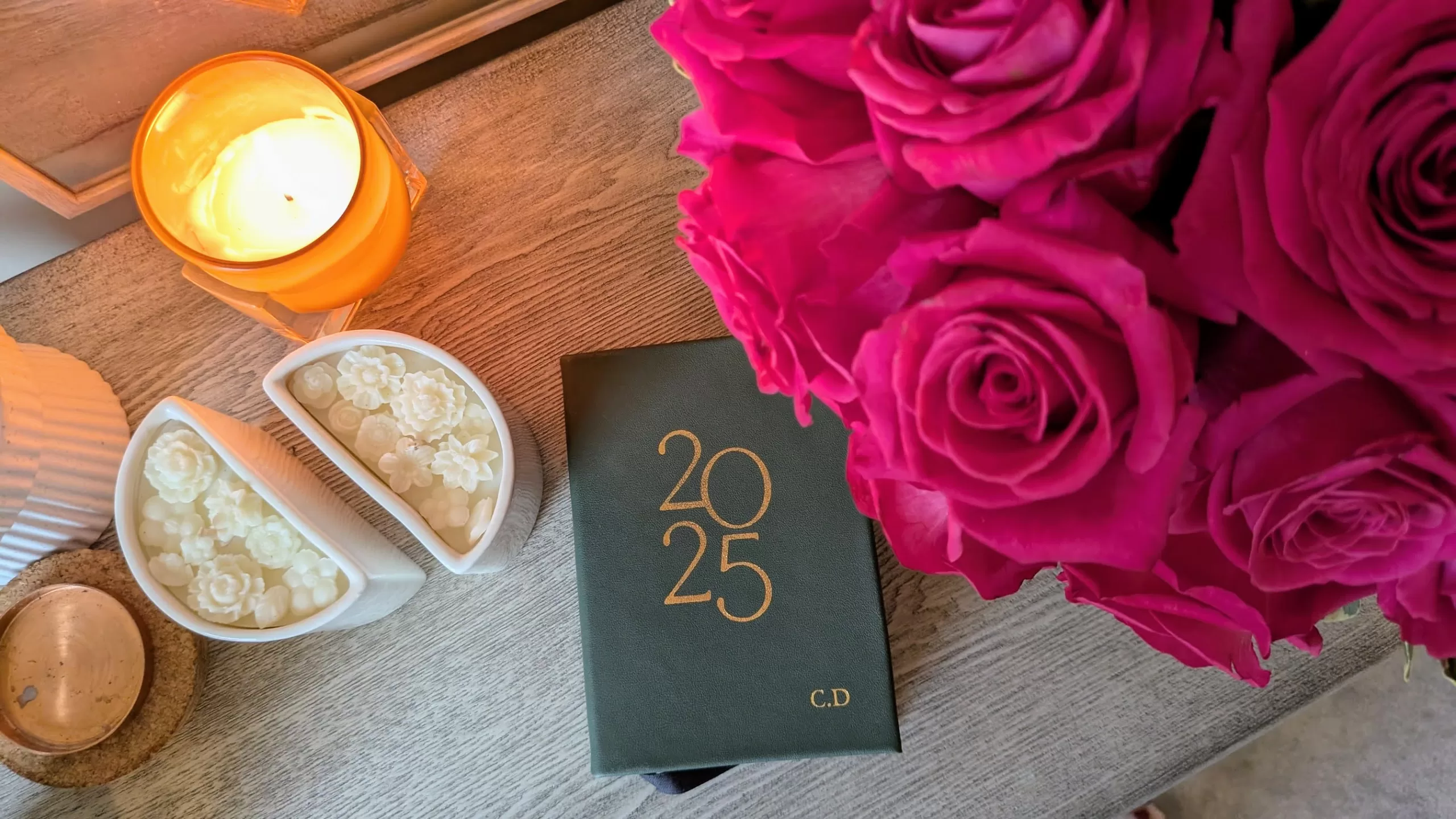This post may contain affiliate links. Every link is hand-selected by our team, and it isn’t dependent on receiving a commission. You can view our full policy here.
I don’t know what happens to me when I sit in that swiveling chair at the salon, but it’s like my brain short circuits. I start babbling in rambling sentences, using hair terms I don’t fully understand—but hey, that magazine told me to suggest it!—gesturing at photos wildly, until I finally mumble something along the lines of, “um, whatever you think would look best.”
That confusing mix usually leads to layers-bordering-on-mullet territory. (If you’re thinking “yikes,” you’re right.) I really, really don’t want to be that incompetent girl anymore—and I learned I’m not alone in my haircutting dilemma—so I enlisted the help of a pro to help make sense of the latest hair trends, the mistakes that trip us all up, and what to do to get the haircut you can’t wait to Instagram to the world.
Giovanna Berardi is a top hairstylist at the Parlor Salon in Brooklyn, and she’s worked on everyone from runway models during New York Fashion Week to regular women who have to find a hairstyle that can survive long workdays and windy commutes. And now, she’s here to help me get my act together—and share the latest hairstyling terms you need to know.

When it comes to styling people’s hair, what are terms people tend to misuse the most?
- Layers — There is a misconception that you can have a specific number of layers. Rather than asking for a certain number of layers, it’s important to know which kind of layers you want: Longer layers reduce a little bit of weight at the perimeter of your hair, creating some movement in a haircut [Editor’s note: think of those slo-mo hair tosses in movies!], and shorter layers will reduce a lot of weight, adding more volume and movement in a haircut. Most of the time, your face shape will dictate how the layers are angled.
- Texturizing — This is the process of removing weight. It can be done with texturizing shears to taper the ends of the hair, mimicking what your hair does as it grows out naturally. It can also be done with regular shears by point-cutting into the ends to soften the weight at the perimeter. This technique is great for blending and softening the lines of a haircut.
- The number of highlights needed to get a desired look. Depending on the haircut that a guest has, he or she may need more highlights than a partial/half head. For example, if you have shorter layers, you may need color below the crown or at the nape of the neck; if not, the result could look unblended and unprofessional, and nobody wants that!

What exactly is balayage, and who would you recommend it for?
The word balayage literally means to sweep in french. You are literally sweeping or freehand-painting color onto sections of hair. It gives you a very soft natural type of dimensional color. Balayage or hair painting are techniques in highlighting, just like foiling. Ombre, Sombre, and Sunkissed highlights are types of highlighting looks.
Wait—what’s sombre?
Sombre, or soft ombre, is a very soft, natural highlighting look going from dark to light.
Any other highlighting terms to know?
Flamboyage is a highlighting technique that uses an adhesive strip (instead of a foil) to select pieces of hair for a very natural lightened effect.
I also keep hearing the term “tortoise shell” or “ecaille” (pronounced ek-eye) highlights, which is a warm, golden color. You can have it done using an ombre technique or traditional foil highlights.
Are there any other trendy hairstyling terms that have recently become popular that are good for people to know about?
LOB = Long Bob. This can vary from just above the shoulder to below the shoulder at the collarbone or even below the collarbone. It is important to consider your face shape when determining the length of a bob. Rounder face shapes tend to require longer bob lengths. This cut has been so popular because it flatters everyone.
How should you decide whether you should get a blunt lob or an angled one?
It all depends on how thick your hair is. If it’s really dense, it may require some texturizing, or layering at the ends of the hair, to reduce some weight at the perimeter to prevent the cut from belling out.

There’s also been some debate as to what the new “it” haircut will be. Is the lob here to stay for a while, or are you noticing other cuts becoming more popular?
I can’t tell you how many lobs I do in a week! It’s definitely here to stay for a while! Ombre is another look that is here to stay. There are so many variations of ombre, so it can be modified to suit anyone’s style. It’s beautiful, youthful and very versatile. Long, feminine, flowing hairstyles are also here to stay for the same reasons!
What are your top resources for finding great haircut/styling inspiration? Any great sites/blogs?
Pinterest is a great source for inspiration. Most of my guests are already prepared with pictures from Pinterest to show me during our consultation; I can’t tell you how helpful that is! Working Fashion Week is a huge inspiration for me to see what the new trends are. I usually ask my guests who their celebrity hair inspiration is. Refinery 29 posts a lot of great hair articles too, and Instagram hashtags are a great way of finding looks!
What are some other common mistakes people make that lead to haircuts they’re not as happy with, and what should they do instead?
Invest in your haircut and go to someone with experience. It is your best accessory! If you are someone who tends to be a bit particular in this area—you know who you are—invest and see a senior stylist!
Also, take the time to consult with your stylist. If you feel that you are unsure and need some direction regarding your haircut or color, book a separate consultation appointment time (usually free of charge) with the stylist you intend to see to discuss options. I can’t stress that enough!




